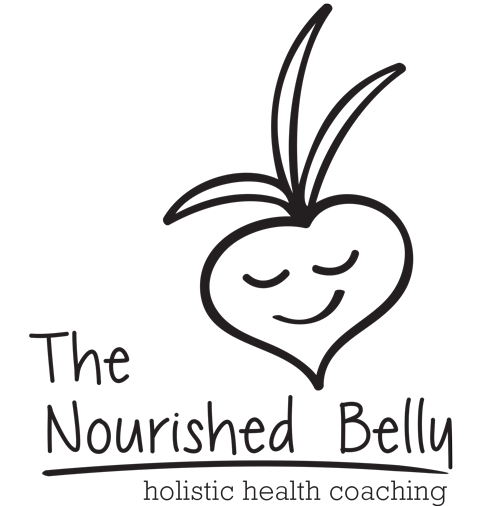When you hear the word ‘fermented,’ your mouth probably doesn’t start to water. It sounds a little funky, and you have more than likely left some fruit or vegetables in a container for too long… and witnessed a fermentation process begin. Despite the not so appetizing word, fermented foods have AMAZING benefits and can be a delicious addition to your everyday diet.
Fermentation (more specifically, lacto fermentation) is a process in which natural bacteria feeds on the sugar and starch in a particular food and converts it into lactic acid. This process not only preserves the food, but it also produces a bouquet of super beneficial enzymes, vitamins, Omega-3 fatty acids, and various strains of probiotic bacteria. Lactic acid inhibits putrefying bacteria and encourages the proliferation of live, beneficial bacteria. From an animated perspective, think of it this way: the consumption of fermented foods infuses our body with healthy, living microorganisms that instantly get to work realigning our bodies. Sounds a little strange, doesn’t it?
When ingested, these bacterial colonies start to populate the intestinal track and essentially train the immune system. From recolonizing the digestive track with health bacteria (creating a happy, healthy gut) to keeping our flora balanced, fermented foods result in a whole body wellness.
Historically, fermented foods have been an important part of nutrition in many cultures around the world. Sauerkraut is a favorite in Germany, Kimchi in Korea, and in other parts of Europe, sourdough bread is made from naturally fermented dough. Even the ancient Greeks understood the benefits of this transformational process and often referred to it as ‘alchemy.’ As an important part of traditional diets, modern studies have begun to again focus on the plethora of benefits and many people are integrating these foods back into their regular diet.
There are a lot these foods you can get at your local market, and just as many that you can make at home. The process really just requires attention being paid to using the right ingredients and keeping everything clean (to avoid introduction of unwanted, harmful bacteria). When buying, be sure to pay attention to the fermentation process and avoid any commercialized versions. Additionally, try to cut out sugar as much as possible (want to Kick the Sugar with us?), for it feeds the bacteria we want to get rid of.
As you embark on your journey towards a traditional diet, you’ll notice that this transition is multi-faceted. Don’t let that overwhelm you. In the Nourished Belly Diet, Tammy talks about the different levels of participation when moving to a whole-foods, traditional diet. Take it steps that are comfortable for you, and experiment with different foods and pairings. As you increase your fermented food intake, you’ll notice a happy, healthy belly.
Written by Ashley Green
Resources:

